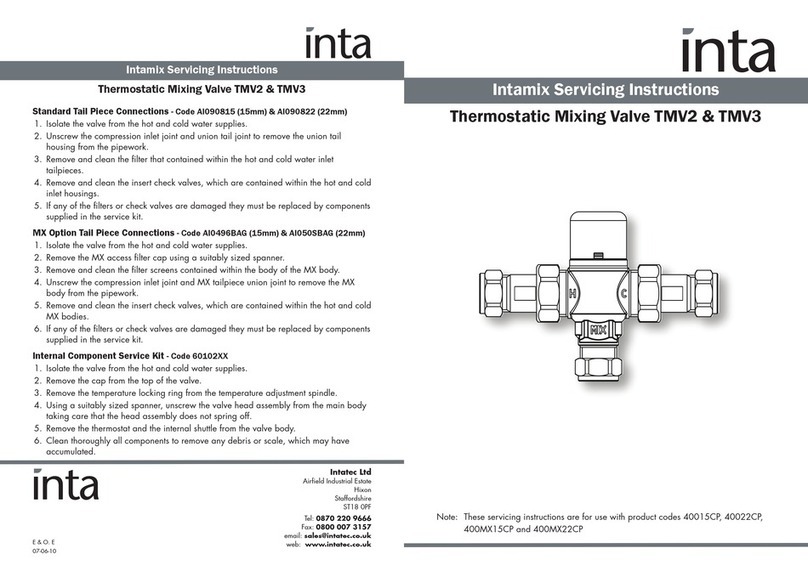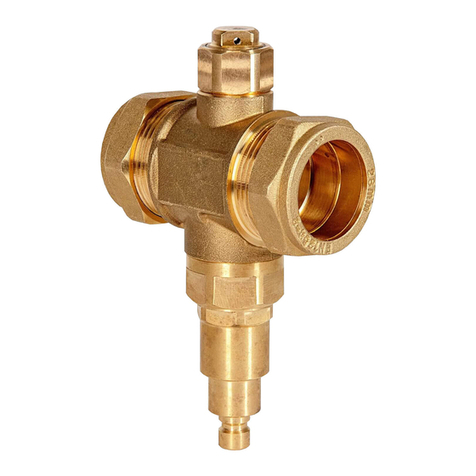Inta Intamix Pro 60001CP User manual








This manual suits for next models
5
Table of contents
Other Inta Control Unit manuals
Popular Control Unit manuals by other brands
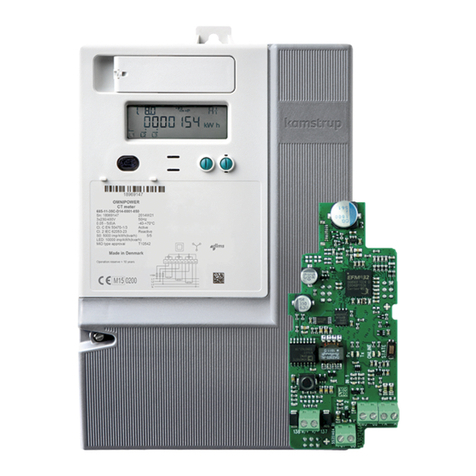
Kamstrup
Kamstrup OMNIGRID Connect installation guide
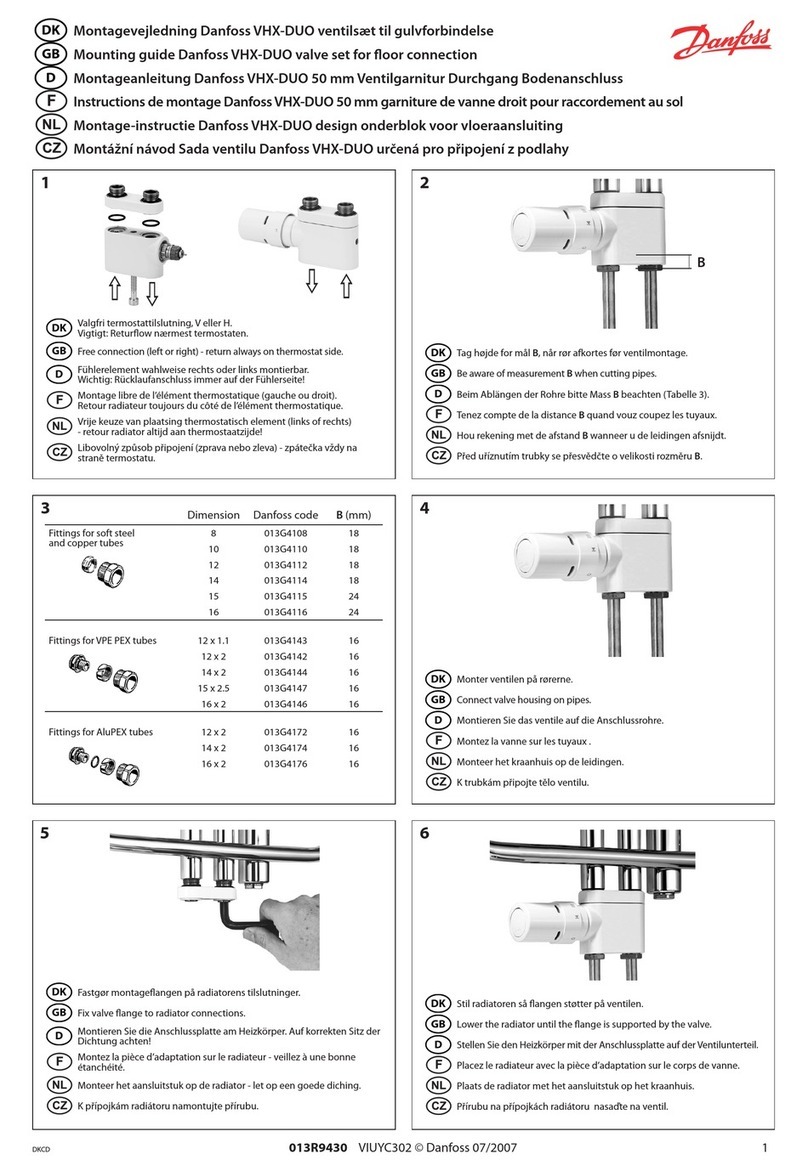
Danfoss
Danfoss VHX-DUO Mounting guide
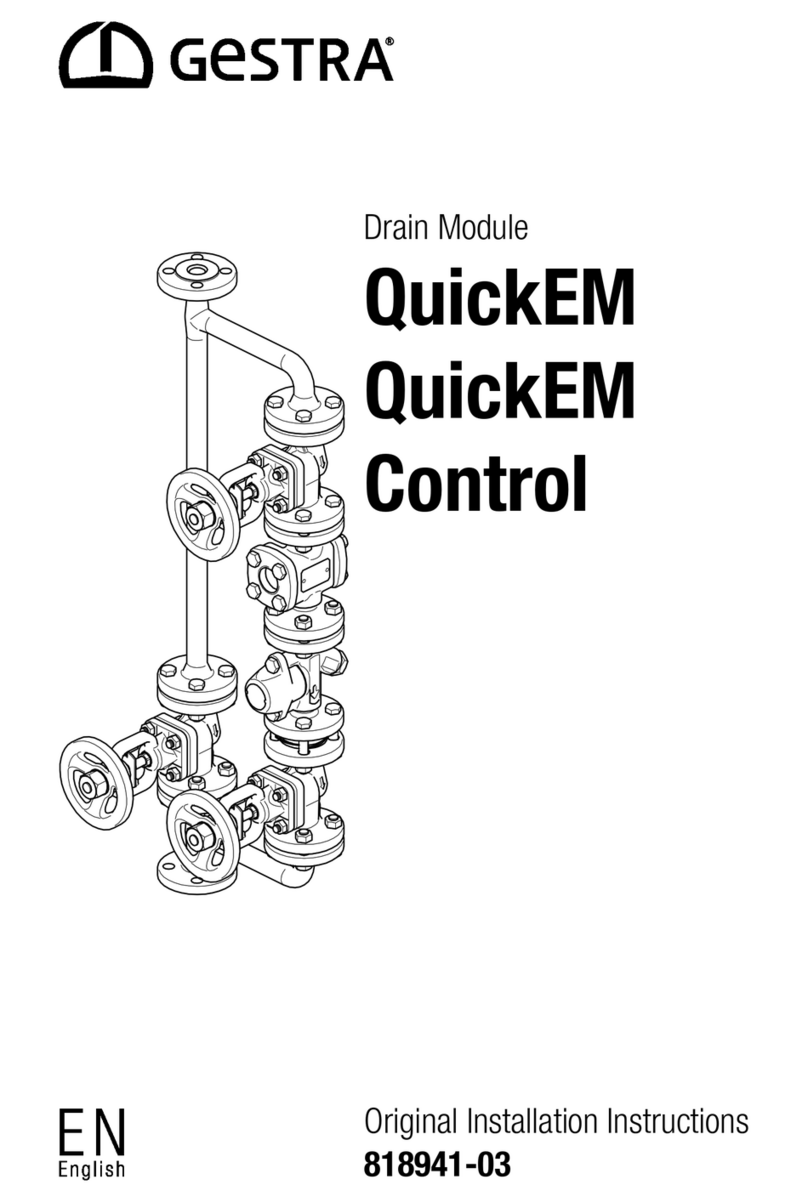
GESTRA
GESTRA QuickEM Original Installation Instructions
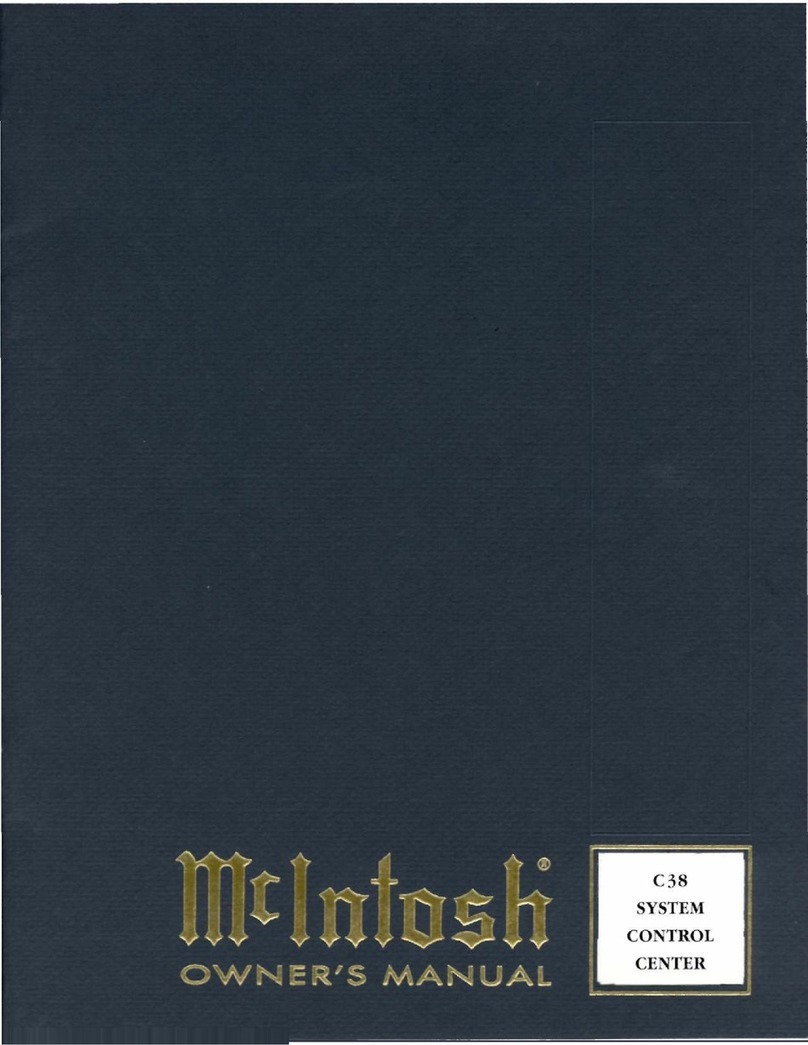
McIntosh
McIntosh C38 owner's manual
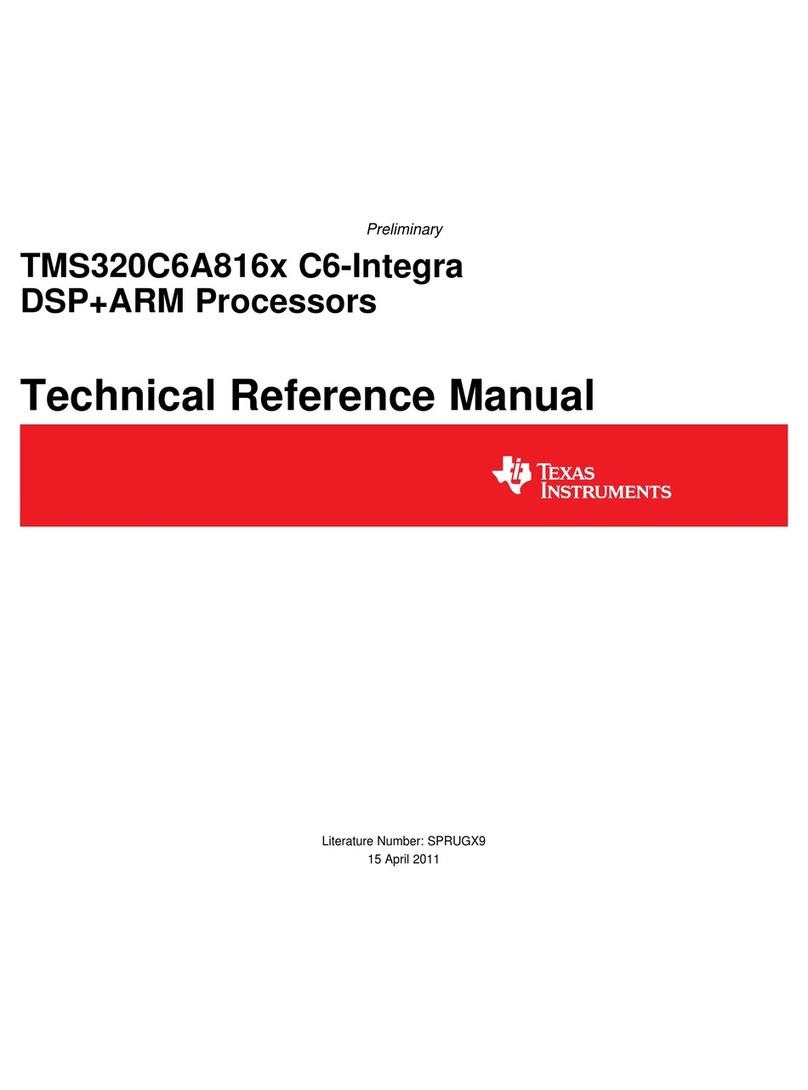
Texas Instruments
Texas Instruments TMS320C6A816 Series Technical reference manual

CKD
CKD MN3GD/E1 Series instruction manual

Eden
Eden C1P2FXBT Technical manual
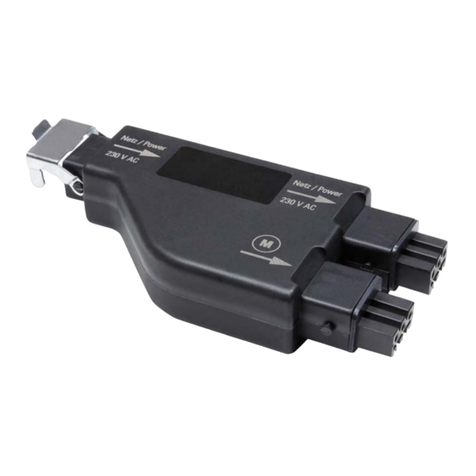
elsner elektronik
elsner elektronik RF-MSG-DST Technical specifications and installation instructions
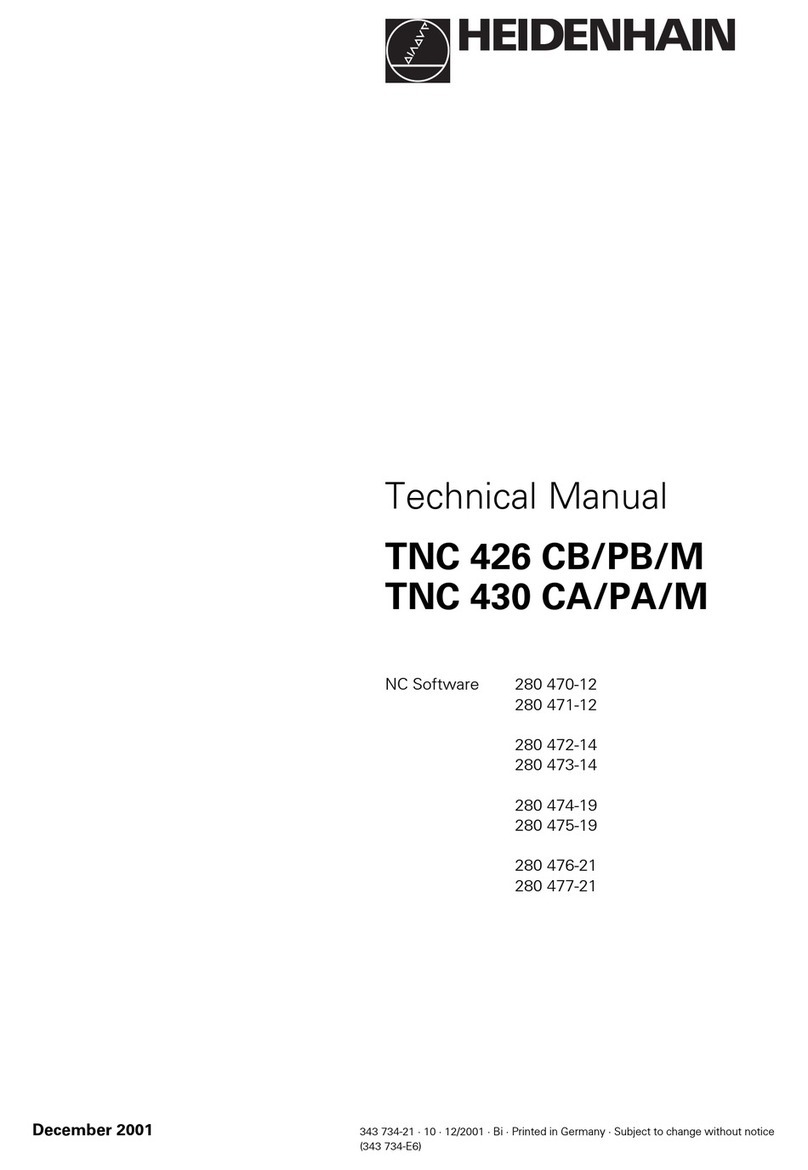
HEIDENHAIN
HEIDENHAIN TNC 426 PB/M Technical manual

VIPA
VIPA System 200V Series manual
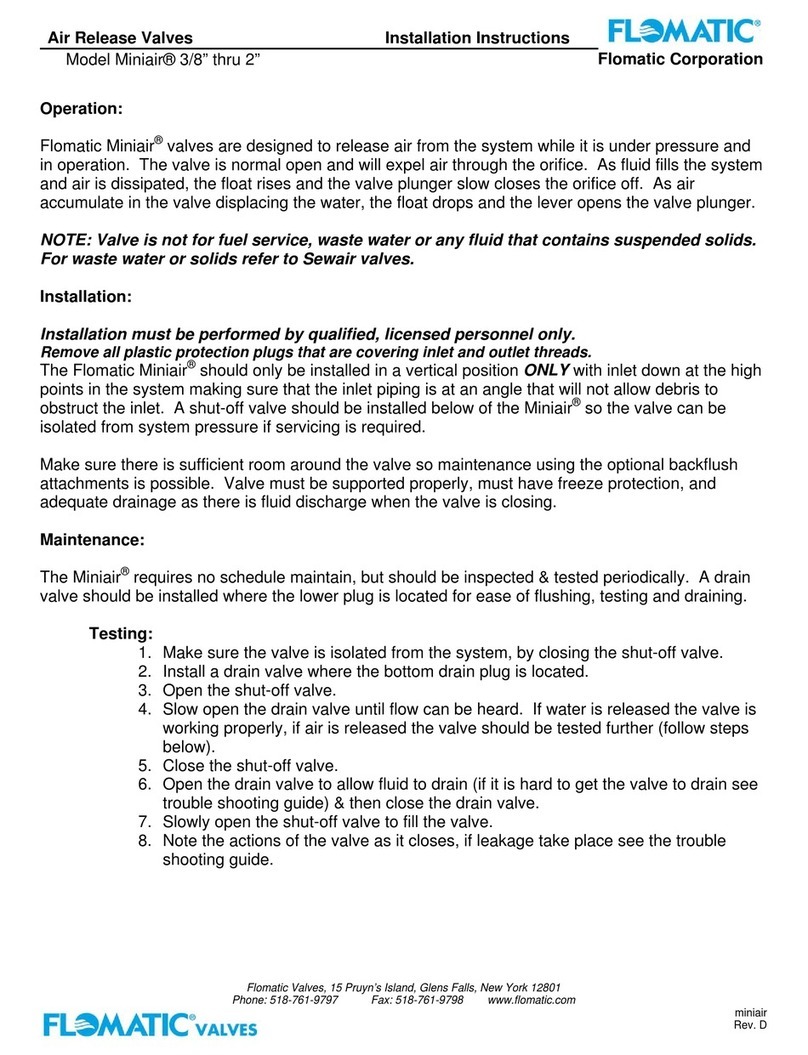
Flomatic
Flomatic Miniair installation instructions

Siemens
Siemens XC1001-A Installation and maintenance manual

Warren rupp
Warren rupp Sandpiper HD20F Service & operating manual
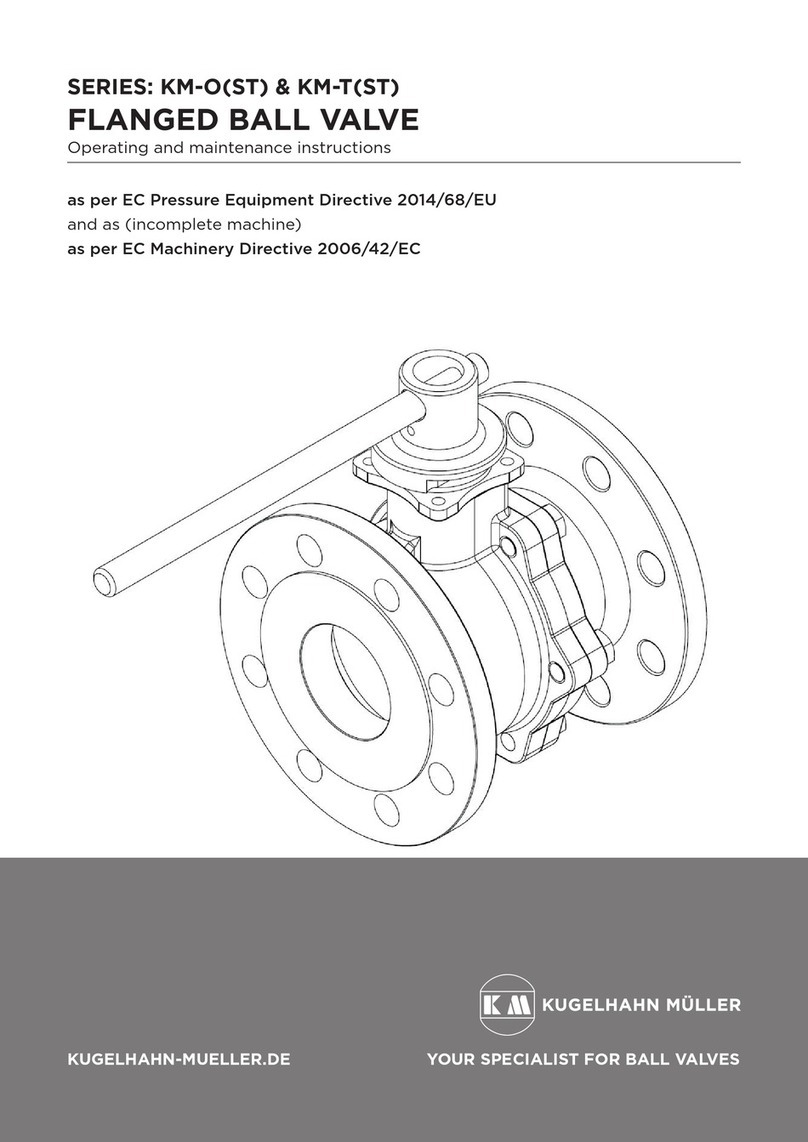
KUGELHAHN MÜLLER
KUGELHAHN MÜLLER KM-O Series Operating and maintenance instructions
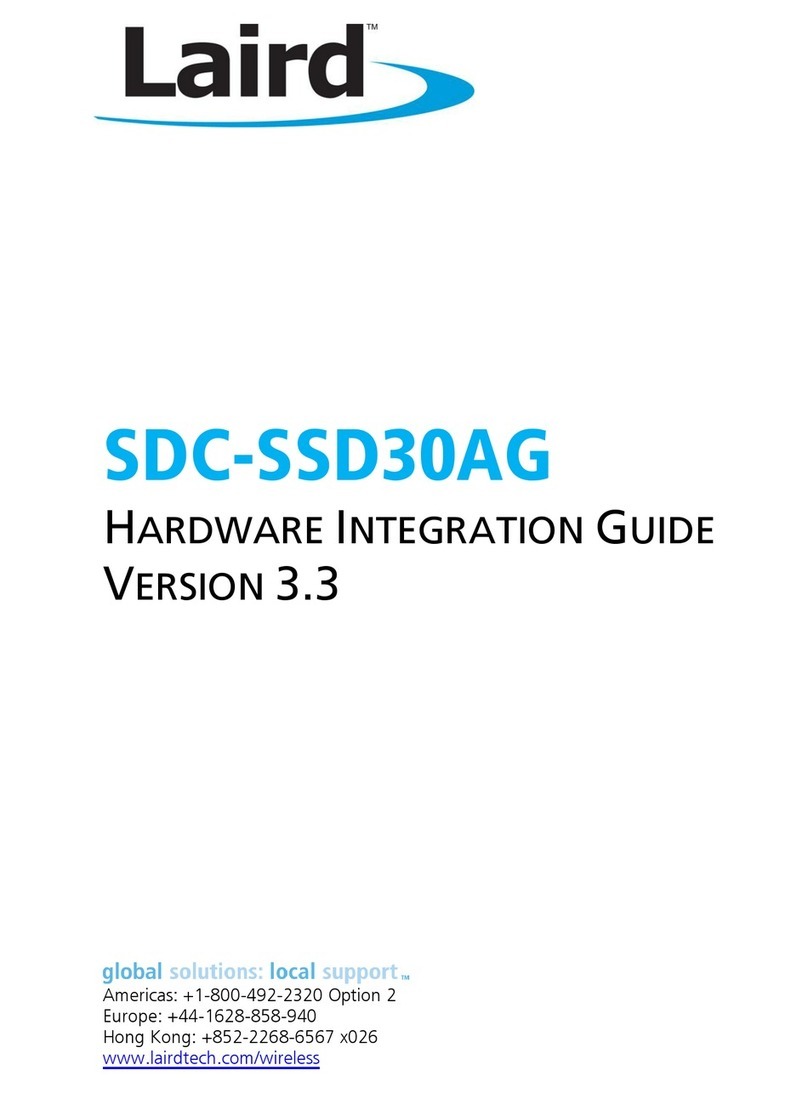
Laird
Laird SDC-SSD30AG Hardware integration guide
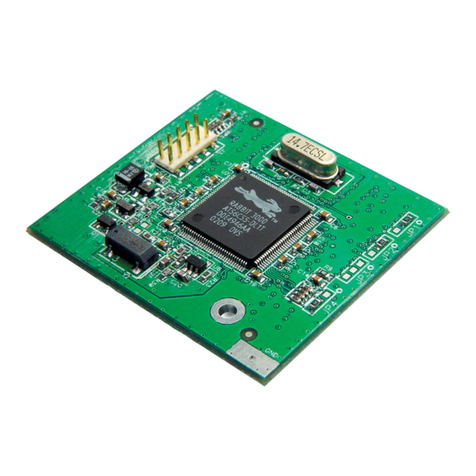
RabbitCore
RabbitCore RCM3100 Series Getting started manual
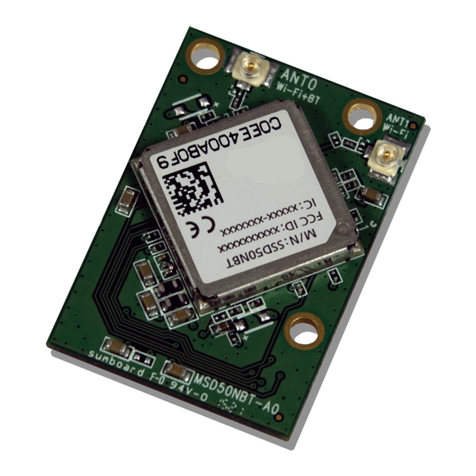
Laird
Laird MSD50NBT user guide
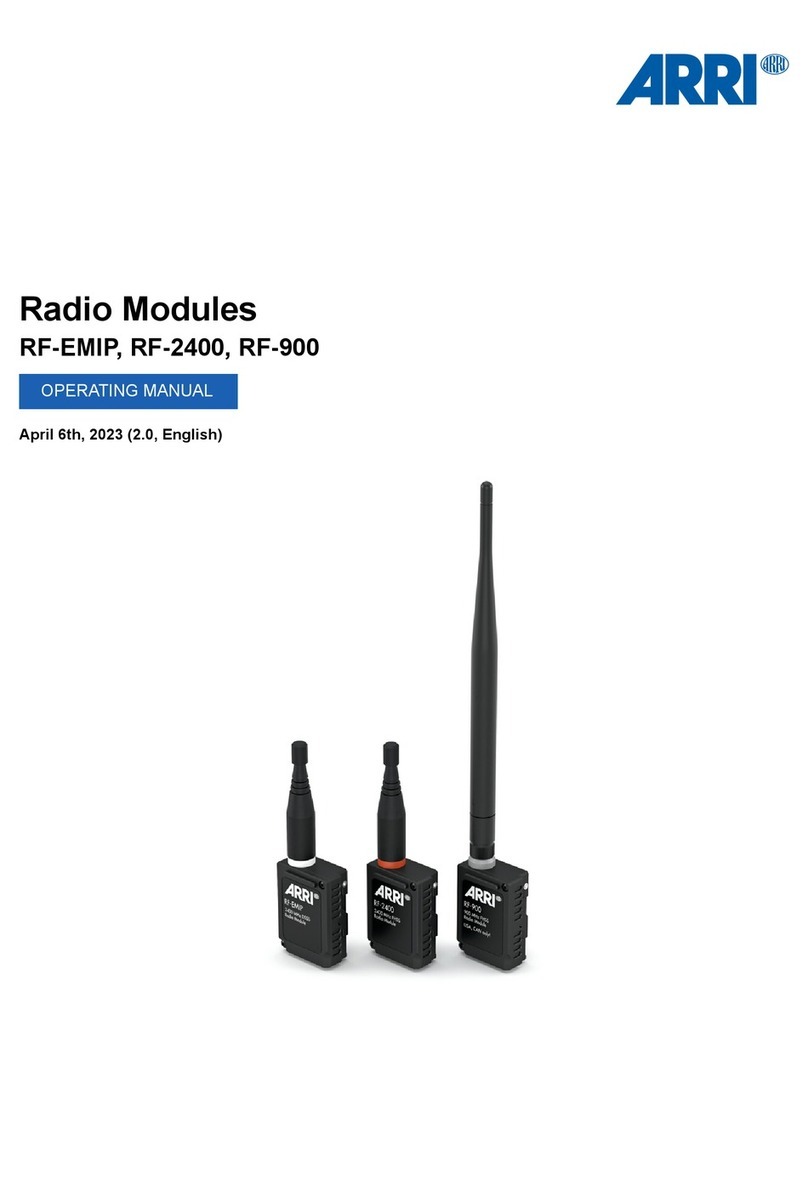
ARRI
ARRI RF-EMIP operating manual
